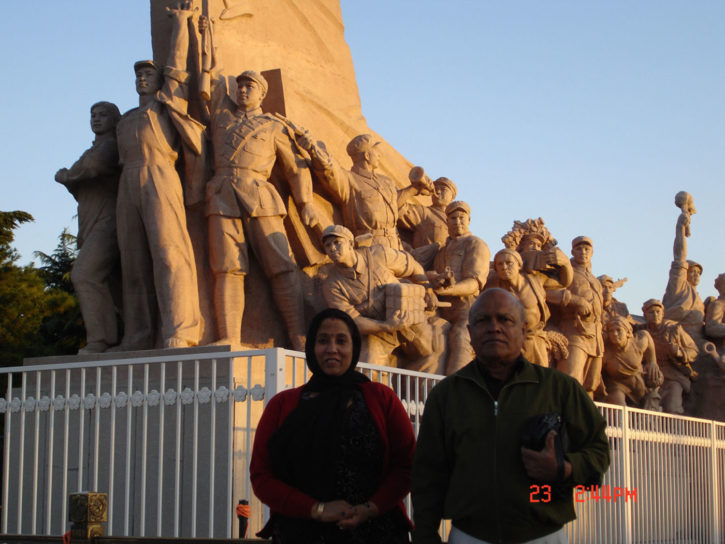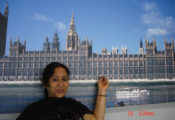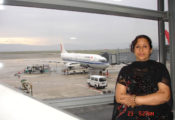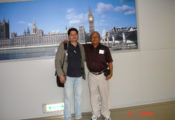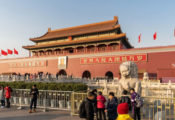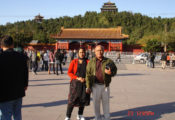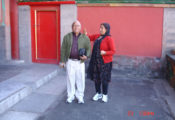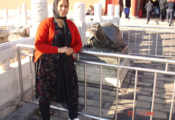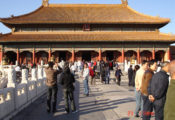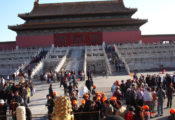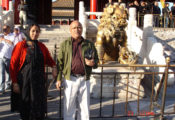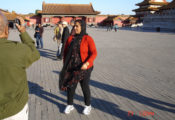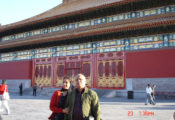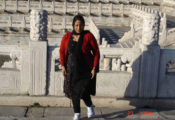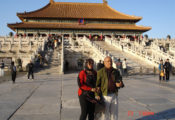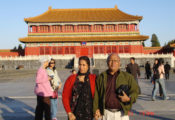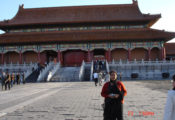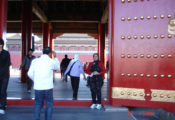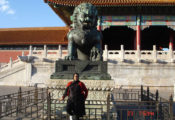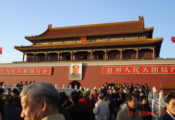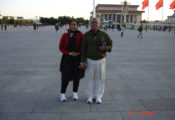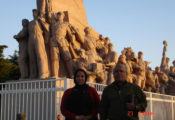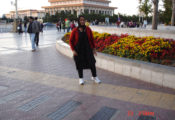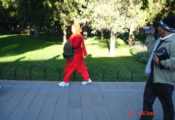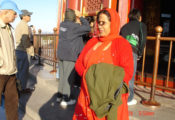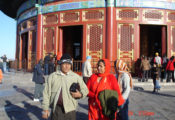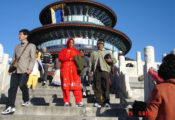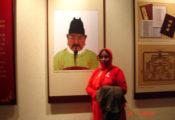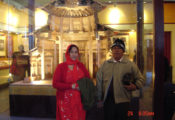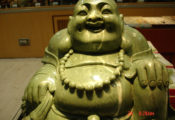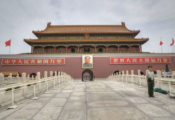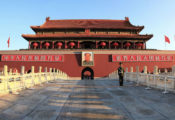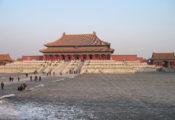China’s most glorious palace sits in the heart of the capital city of Beijing. As one of China’s largest and most well-preserved heritage sites, the Forbidden City is a must-see for all visitors to China.. Built between 1406 and 1420 by the Ming emperor Yongle, the construction of the Forbidden City was a Herculean undertaking, employing battalions of laborers and craftspeople. Pillars of precious wood were floated from the jungles of southwest China to the capital, while blocks of quarried stone were hauled to the palace in winter over ingenious ice roads. Once built, the Forbidden City was governed by a stultifying code of rules, protocol and superstition; 24 emperors of the Ming and Qing dynasties governed China from its closed-off world, often erratically and haphazardly, until revolution swept them all away just a century ago. Despite its age, most of the buildings you see are post-18th-century Qing dynasty constructions and renovations – fire was a constant hazard, hence the enormous brass water vats everywhere.
Measuring 961 meters in length and 753 meters in width, the Forbidden City is composed of more than 90 palace compounds including 98 buildings and surrounded by a moat as wide as 52 meters. The Forbidden City was the political and ritual center of China for over 500 years. After its completion in 1420, the Forbidden City was home to 24 emperors, their families and servants during the Ming (1368–1644) and the Qing (1644–1911) dynasties. The last occupant (who was also the last emperor of imperial China), Puyi (1906–67), was expelled in 1925 when the precinct was transformed into the Palace Museum. Although it is no longer an imperial precinct, it remains one of the most important cultural heritage sites and the most visited museum in the People’s Republic of China, with an average of eighty thousand visitors every day.

